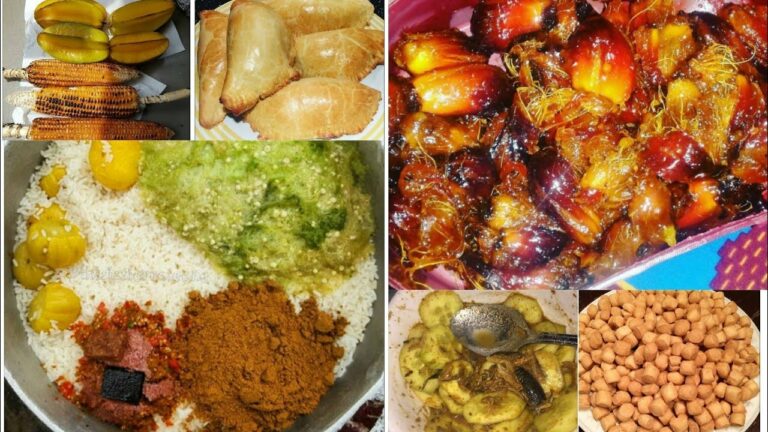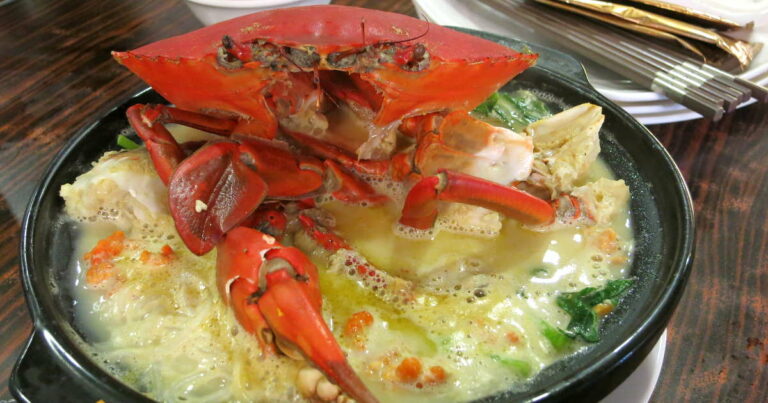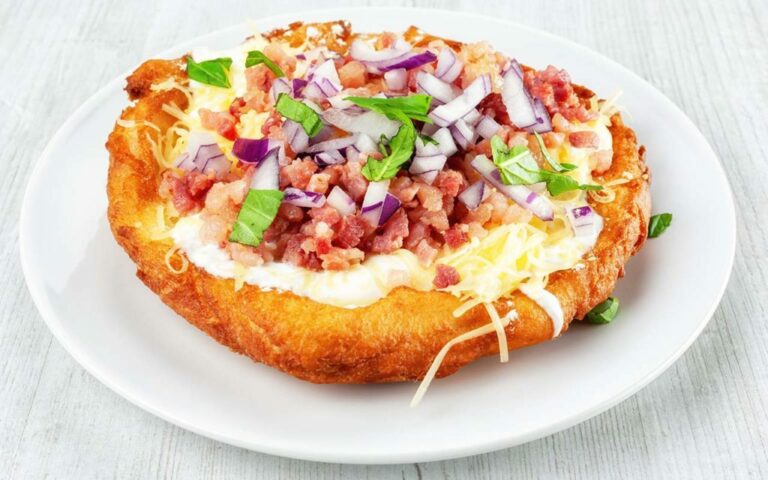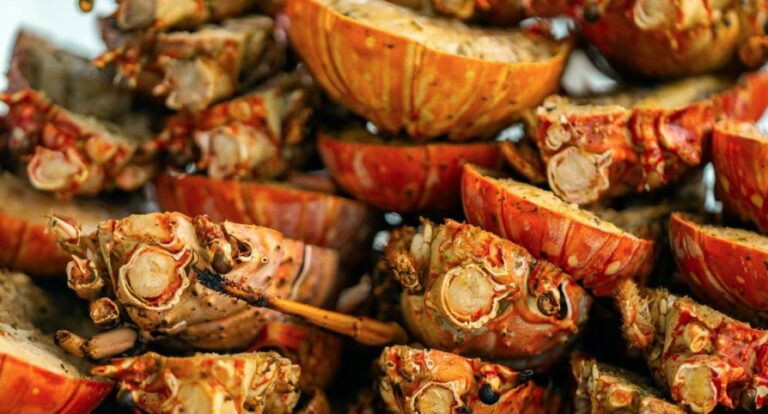Introduction: Monégasque Cuisine
Monaco, a principality located on the French Riviera, is known for more than just its luxurious lifestyle and beautiful coastal views. Its cuisine, known as Monégasque cuisine, is a blend of Italian and French influences. Due to its location and history, seafood plays a prominent role in many Monégasque dishes. However, the cuisine also features a variety of meats, cheeses, vegetables, and pastries.
Traditional Monégasque Dishes
Some of the most well-known traditional Monégasque dishes include barbajuan (a savory pastry filled with Swiss chard, ricotta cheese, and onion), socca (a type of flatbread made from chickpea flour), stocafi (a salt cod dish served with tomatoes and olives), and fougasse (a sweet bread similar to a brioche). These dishes showcase the unique blend of Italian and French flavors that make up Monégasque cuisine.
Ingredients and Flavors of Monégasque Cuisine
Monégasque cuisine features a variety of fresh and high-quality ingredients, including seafood such as anchovies, langoustines, and sea bass. Other ingredients commonly used in Monégasque cuisine include tomatoes, olives, garlic, lemons, and herbs such as basil and thyme. The cuisine is known for its strong flavors, often featuring salty and savory tastes with a touch of sweetness.
Cooking Techniques Used in Monégasque Cuisine
Many of the traditional dishes in Monégasque cuisine are simple in preparation but require mastery of proper cooking techniques. For example, the socca must be cooked at a high temperature in a special oven, while the barbajuan must be carefully fried to achieve the perfect crispiness. Many Monégasque dishes also require slow cooking to develop rich flavors.
Monégasque Culinary Schools and Workshops
For those interested in learning more about Monégasque cuisine and cooking techniques, there are several culinary schools and workshops throughout Monaco. The École de Cuisine et de Pâtisserie of Monaco offers a variety of courses for aspiring chefs and home cooks alike. The Cordon Bleu also has a campus in Monaco, offering professional training in culinary arts.
Exploring Monégasque Cuisine Through Tours and Experiences
For a more immersive experience, several tour companies offer food tours and cooking classes in Monaco. These experiences allow visitors to explore traditional Monégasque cuisine and cooking techniques while also learning about the history and culture of Monaco. Some tours even offer the opportunity to dine in local homes and restaurants, providing a truly authentic experience.










